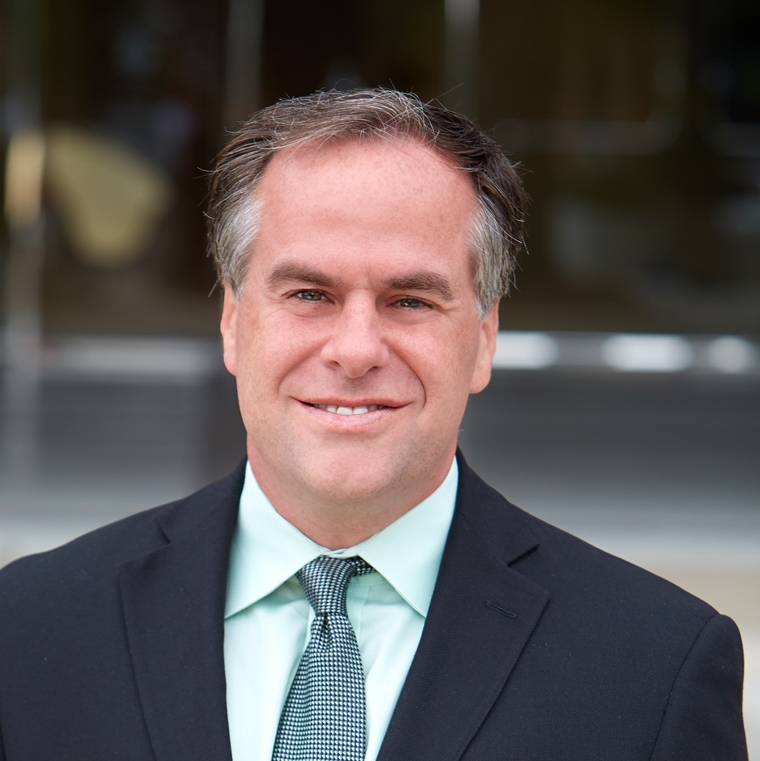How revenue cycle teams can maintain effective patient financial services in a distanced world

Craig Webster
If the nation’s health systems have learned anything from the coronavirus pandemic, it’s that adapting to each new day is critical. In the face of delayed elective surgeries and consumers’ avoidance of care, health system revenue cycle teams have used new virtual-engagement playbooks to manage patient access/registration, including financial counseling.
The need for such tactics cannot be overstated. With so many Americans still in financial limbo, every patient financial conversation must be approached delicately, with greater levels of compassion, and with sensitivity and flexibility around payment options. A recent HFMA Pulse survey found that more than half of revenue cycle leaders are reprioritzing efforts to create payment alternatives and self-service options. In these challenging times, it is critical for all revenue cycle leaders to educate themselves about best practices either created or refined during the pandemic for more effective patient financial engagement in today’s distanced world.
1. Focus on giving patients an excellent first contact with the health system
Alhough references to “the new normal” abound, a more accurate description would be “the evolving normal” because as the COVID-19 pandemic ebbs and flows, no one can be certain of what will happen next. But one thing is clear: The first contact with the patient, usually during pre-service, has become one of the most critical factors in promoting patient satisfaction and loyalty. Frontline staff, therefore, have a dual responsibility both to give patients the assurance that they are entering a safe environment for care and to offer them flexible financial options to make care affordable. Fulfilling that responsibility requires a balance of meeting patients where, when and how they want to be met.
Therefore, best-practice patient financial engagement now mixes low-tech solutions, such as phone calls and interactive voice response (IVR) with tools that provide access and registration with the business office.
Often, a digital front door to the health system’s website or app will provide patients with all the information they need. Some patients, however, require virtual assistance that is not possible or available via online chat or text. These patients may need a more personal discussion of financial options to help them make the best choice for their situation.
It’s therefore necessary to balance high tech with high touch to achieve effective patient financial engagement during turbulent times.
This approach is not new for the many health systems that had already been focusing on pre-service as the point to determine the patient’s financial payment path. But COVID-19 greatly sped the workflow change from back to front office. To address both safety and financial concerns, most organizations use the following tactics in patient access and registration:
- Online estimates, checks on eligibility for financial assistance and enrollment for long-term payment plans
- Proactive outreach to gather any remaining patient access and financial information
- Consumer-friendly patient financial counseling conversations via phone calls or video visits
- Text-upon-arrival notification to minimize front-desk contact, skip the in-person registration desk and escort patients directly to the treatment room
Certainly, these protocols will continue to evolve. For now, it’s helpful to take a page from proven patient financial engagement programs.
2. Show compassion in response to patients’ changing financial circumstances
Another concern is the possibility that a patient’s eligibility status could change, even within the time frame of one encounter. The unfortunate reality is that everyone’s livelihood is being affected to some extent by the unprecedented economic fallout. A person may have started out with private insurance or be in the final month of COBRA coverage only to find they are without insurance when the bill comes due.
Acknowledging this reality, compassion should be part of the very character of the revenue cycle team as they seek to understand and monitor each patient’s ability to pay out-of-pocket costs. And in that spirit, patient access and financial counseling staff should be ready with options all along the way – from pre-service through post-service rehabilitation visits. For example, enabling patients to add on new balances to their existing payment plans can be a significant contributor to patient satisfaction.
A dependable option that can flex with a person’s changing financial status and be managed remotely is a zero-interest long-term payment plan. Relying on this type of program also helps promote loyalty because returning patients now have an affordable repayment option the next time they need care.
From a broader communications perspective, patient access and revenue cycle teams should also work with their marketing counterparts to ensure consumer outreach communications include information about the organization’s options for making care affordable. This coordination of efforts creates a more holistic public relations strategy for the patient experience and helps prevent care delays due to financial and safety concerns, which have been prevalent during the pandemic.
Change brings opportunity
Clearly, the COVID-19 pandemic will continue to influence all aspects of the healthcare industry for years to come. However, with significant change comes significant opportunity. As consumers continue to shift back and forth between fully virtual and on-site care, health systems have an important opportunity to alleviate consumer concerns, build trust and gain long-term loyalty. Throughout the pandemic and beyond, revenue cycle teams make it their priority to provide open, proactive communication and transparency designed to help patients make informed choices about both COVID-19 safety and care affordability.
Additional resources
Taleff, P., Higgins, B., Liebl, S., “You Can Have It All: Patient Loyalty & Financial Performance,” HFMA Webinar, Sept. 19, 2019. This HFMA webinar, sponsored by ClearBalance HealthCare, includes a case example of effective pre-service and financial counseling at CentraCare Health in St. Cloud, Minnesota.
HFMA Georgia Chapter, “Preserving the Patient Financial Experience Virtually,” HFMA Region 5 webinar series, Oct. 15, 2020. This webinar provides examples of how health systems are leveraging their digital engagement strategy to preserve the patient’s financial experience.





